There wasn’t much to the town of Dobrowolski, Texas, in the 1930s. It was home to a cotton gin, saloon, blacksmith shop and a grocery store. But on a farm in that small town is where retired Lt. Col. Frank D. Frazier’s love for airplanes took flight.
“From as early as I can remember, I wanted to fly,” said Frazier ’51. “I was about six years old when this airplane came over and started flying around me. It was an open-cockpit airplane and the pilot waved at me and I waved at him and that set the stage, right there.”
Frazier enjoyed building wooden model airplanes growing up, which were pleasantly scattered around the house for his parents to find. By high school, he was taking his first flying lessons.
Duty calls
Wanting to follow in the footsteps of his uncle and role model, Frazier enrolled at what was then the Agricultural and Mechanical College of Texas. He studied aeronautical engineering (now aerospace engineering) and paid for school by waiting tables in the only dining hall on campus and spending his summers in the oil fields.
By graduation, Frazier had a job opportunity lined up, but with Texas A&M being an all-male military college, that meant being prepared to enlist if duty called.
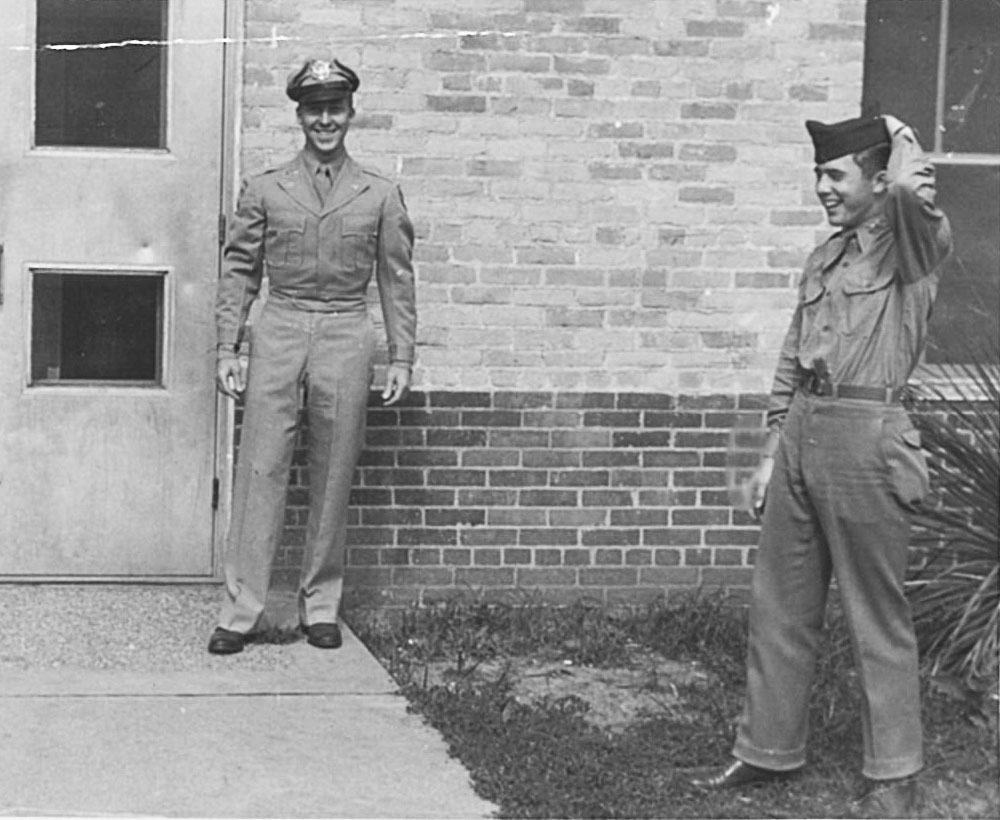
“When I graduated, the Korean War was still on, so it was required that I go into the military,” he said. “So I chose the Air Force, of course, and I went through flight school, then went through gunnery school and then went right over to Korea.”
He flew more than 60 missions as a Sabre jet pilot and later served as a flight commander, during which he received the Distinguished Flying Cross, an Air Medal and an Air Force Commendation Medal.
Frazier shrugs off the idea of having much to tell about his time in Korea, but it was there that he had his one and only experience bailing out of an airplane. The water was so cold that he had trouble bending his fingers to inflate his emergency raft.
“I had to put my palms together to pull the cord,” said Frazier. “I was only in the water about seven minutes, so you can imagine how cold it was, just above freezing. Fortunately, I was right near a friendly island, and a rescue team picked me up with a helicopter.”
Flying high
When he returned home, Frazier was sent to Edwards Air Force Base in California to apply his aeronautical engineering degree as a flight test engineer, conducting performance and maneuvering tests.
“A notepad and a pencil is how I took data at the beginning,” he said. “As we went along, things got a little better and we could record data on sophisticated computers where you could actually trace maps of the maneuvering.”
After three years as a flight test engineer, he entered test pilot school at the base.
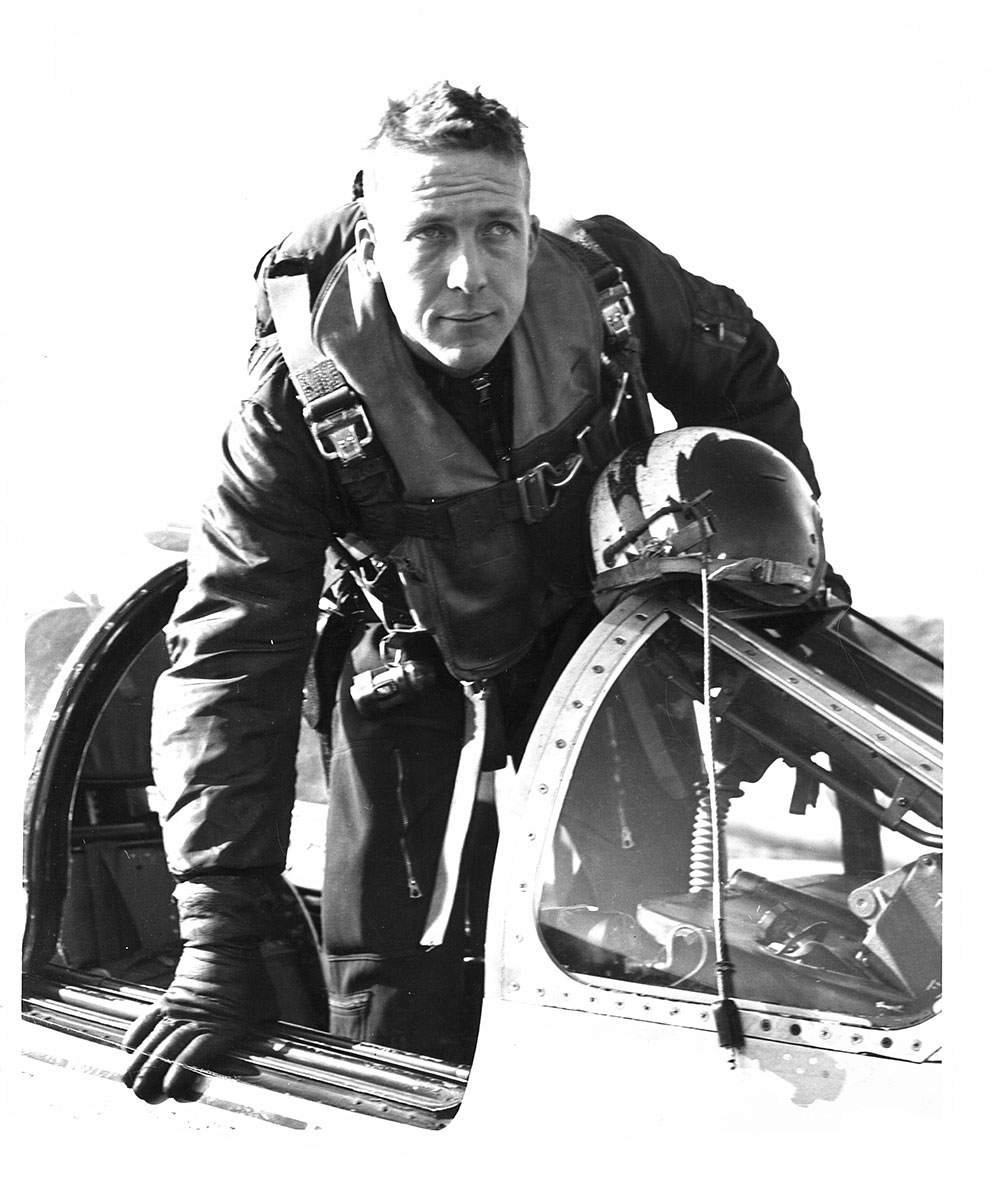
“One interesting thing while I was at the test pilot school: they let us go out and be on a Navy carrier for one week,” he said. “I got to make a takeoff and landing, which convinced me I never wanted to do it again!”
Shortly before leaving the base, he was asked to help with acceptance tests for the B-52. They were just entering the Air Force at the time, but have since become a staple in U.S. military operations for six decades.
In 1958, Frazier moved on to Wright-Patterson Air Force Base in Ohio, where at the age of 30, he set a new airborne flight-time record. He and two others went up in a B-47, prepared for a 35-hour continuous flight. Instead, they set a record for 80 hours and 36 minutes.
Looking to the stars
Before long, Frazier’s ambitious achievements awarded him an invitation to a briefing at the Pentagon. The Soviet Union had recently launched Sputnik 1 into space, so he had a good idea of what he was walking into. Of the 110 test pilots invited, Frazier was one of 32 volunteers for the United States’ first man-in-space program, Project Mercury.
As a candidate, he underwent extensive physical and mental evaluations over the course of a week. Frazier recalls being tumbled around in a tumble chair, doing extreme heat tests, treadmill work, and gravity tests in a centrifuge and being subjected to loud noises.
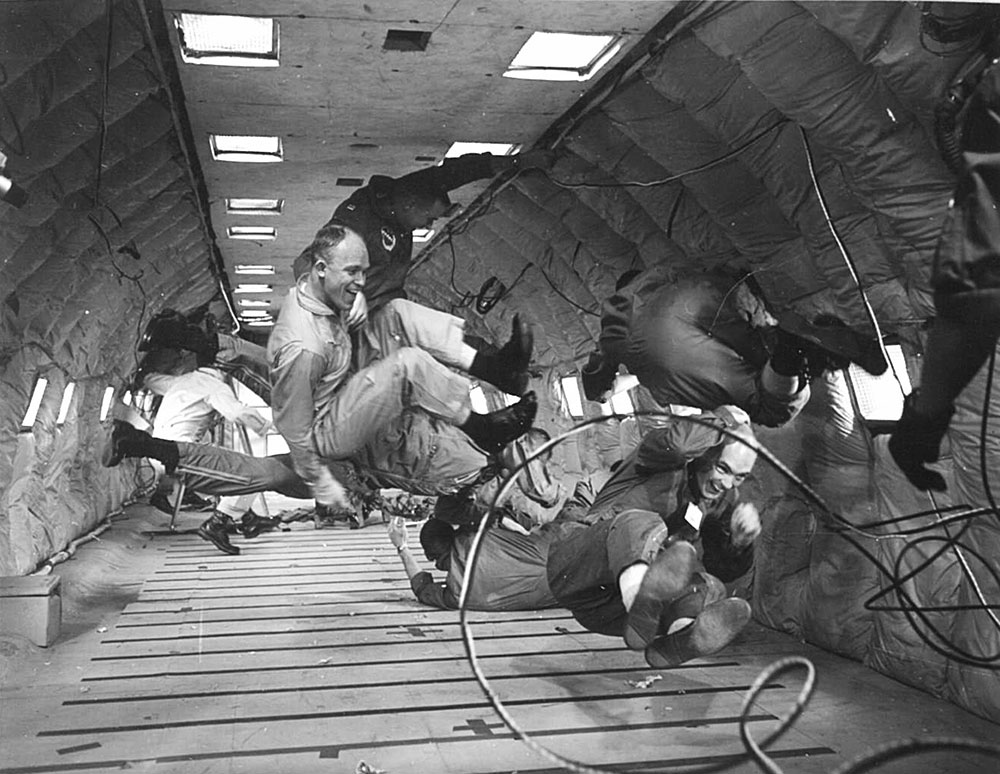
“We had to work out problems while they were blowing this big horn in the background and it was vibrating your whole body when you were trying to figure out these math problems,” said Frazier. “Then they put us in an isolation chamber, which was about 30 feet below ground so that you didn’t feel any vibration or any sound. It was total darkness and we stayed in there overnight. That was an interesting time.”
Frazier was one of the 18 remaining candidates before the final seven astronauts were selected. He was later offered the opportunity to be considered for the Apollo program, but having spent so much time overseas and away from family, he declined. However, he continued to contribute to space preparation when he returned to Edwards Air Force Base, where he became the deputy commandant of the Aerospace Research Pilot School.
“That was just at the beginning of the space programs, so really, no one knew anything about how people were going to operate under zero gravity,” said Frazier.
His job was to pilot a KC-135 and hold a zero-gravity position for as long as he could to give men the opportunity to experience the weightlessness and document some of the effects.
Back in the cockpit
At the same time the space race was taking off, the U.S. was also entering another war. In 1967, Frazier arrived at another pivotal moment in history, serving in the Vietnam War.
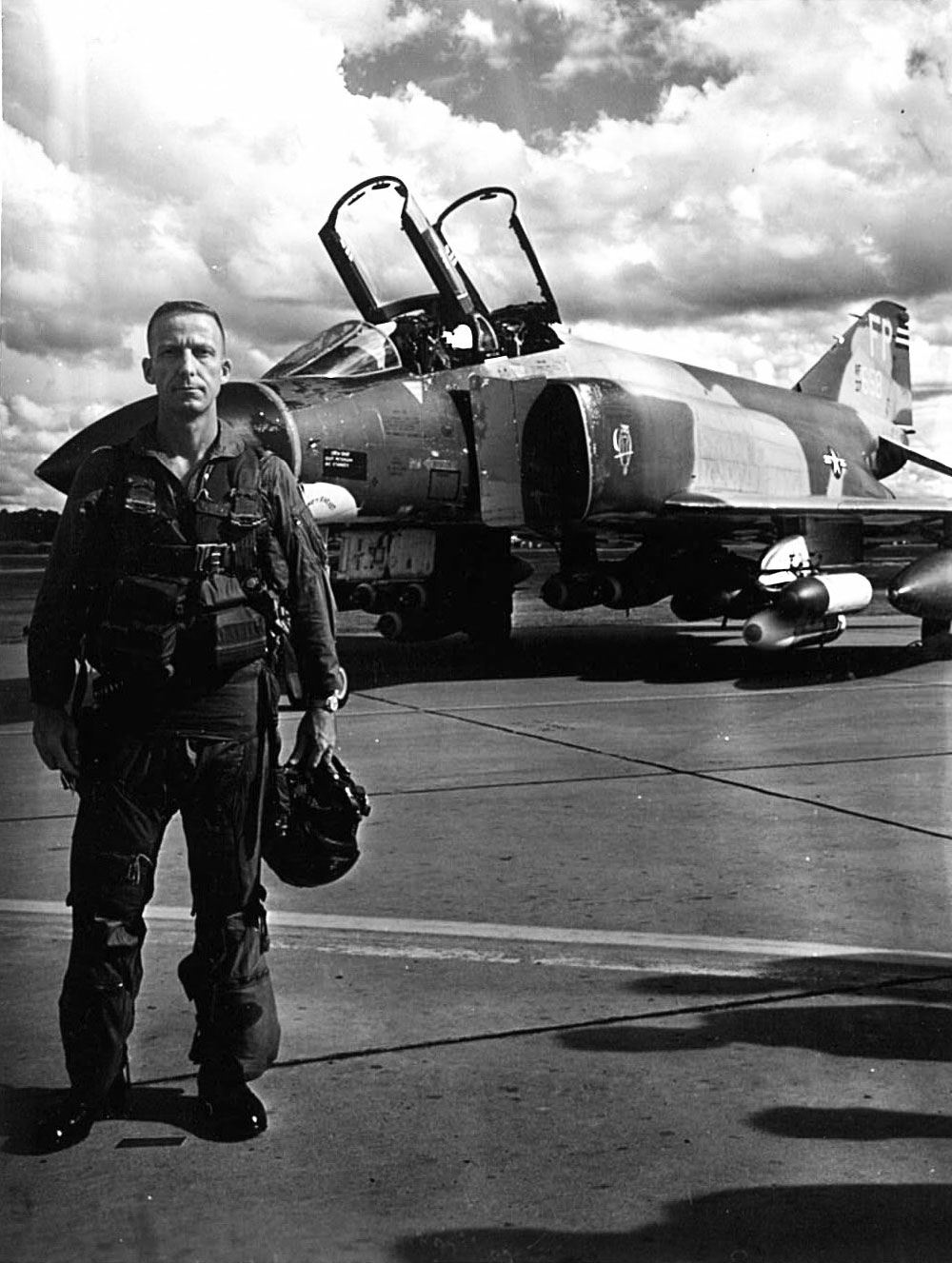
“The squadron that I was in was a night-flying squadron, so when we went in, we’d be about 150 feet above the ground and the reason we stayed at that low level is so that they couldn’t pick us up on radar,” he explained.
Night vision was critical for these missions. Frazier remembers keeping most of the lights on his pilot instrument panel turned off and relying mostly on the light from the moon.
“One of the missions I was on, when I pulled up, they did pick me up on radar,” Frazier said. “They shone the spotlight right on the airplane, so there went my night vision.”
Unable to see, his next move was a gamble no matter what. He had to decide to risk dropping too low and hitting the ground or not going low enough and being detected.
He made it through 115 of those missions.
Frazier dedicated a total of 21 years to the Air Force and lived through multiple once-in-a-lifetime moments, all before the age of 50. In 1972, he retired and returned home to his wife and eight children.
Aggie love story
He and his wife Barbara met his sophomore year of college, thanks to the help of an old classmate of Frazier’s.
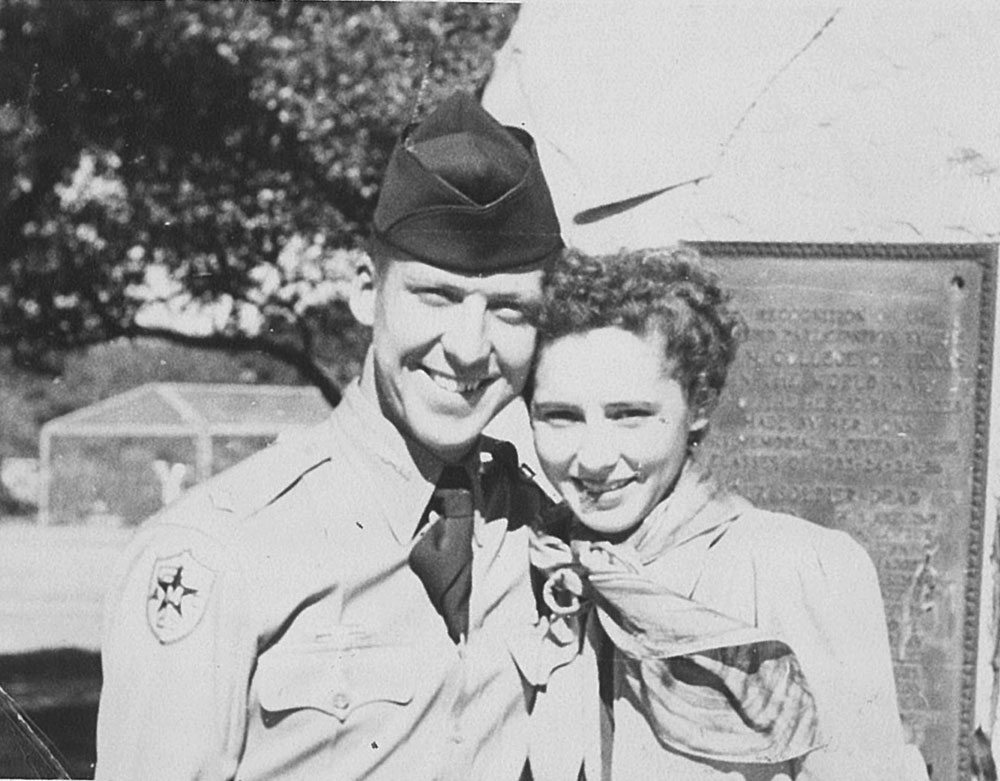
“I was going home one weekend and I asked this guy that I knew (who) lived near me, ‘Hey, you know any gals out there I could get a date with?’ and he said, ‘Well, I noticed one girl,” he said. “She won’t go out with me, but maybe she’ll go out with you.’ So I called up and after about 20 minutes talking to her mother, she let me talk to Barbara and so we went out on a date and that was it.”
They married three years later, just before he graduated from Texas A&M, and they had eight children. After his retirement, Frazier and his family moved around, enjoying new places and experiences. They lived in Hawaii for a while, where Frazier learned to play the ukulele and eventually the slide key guitar. Today, at 91 years old, he continues to make the most of life.
“I live in a retirement community now and we’re just having fun here,” said Frazier. “We have a lot of things to do. We have a gym to go workout in, we do a lot of meditation here. My roommate plays the guitar so we play music together and, gosh, just have fun!”
Time Capsule
Frank D. Frazier ’51 has graciously shared photos of his life and career with Texas A&M Engineering. View more photos of him and his aerospace journey.